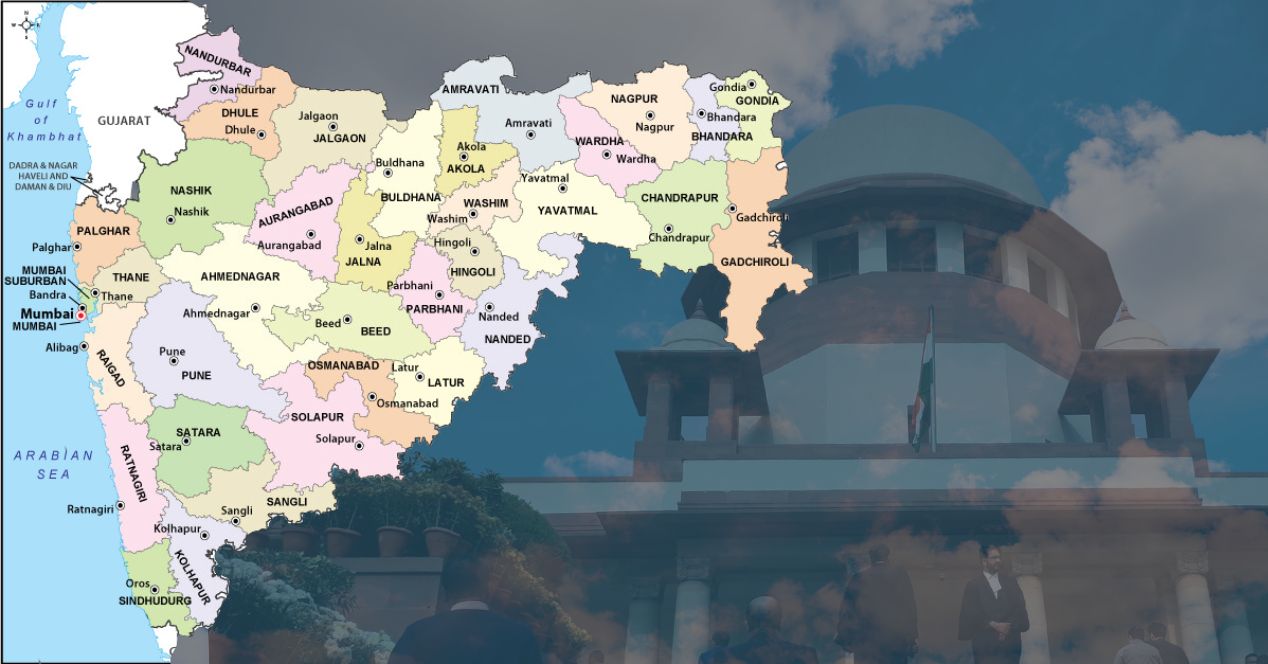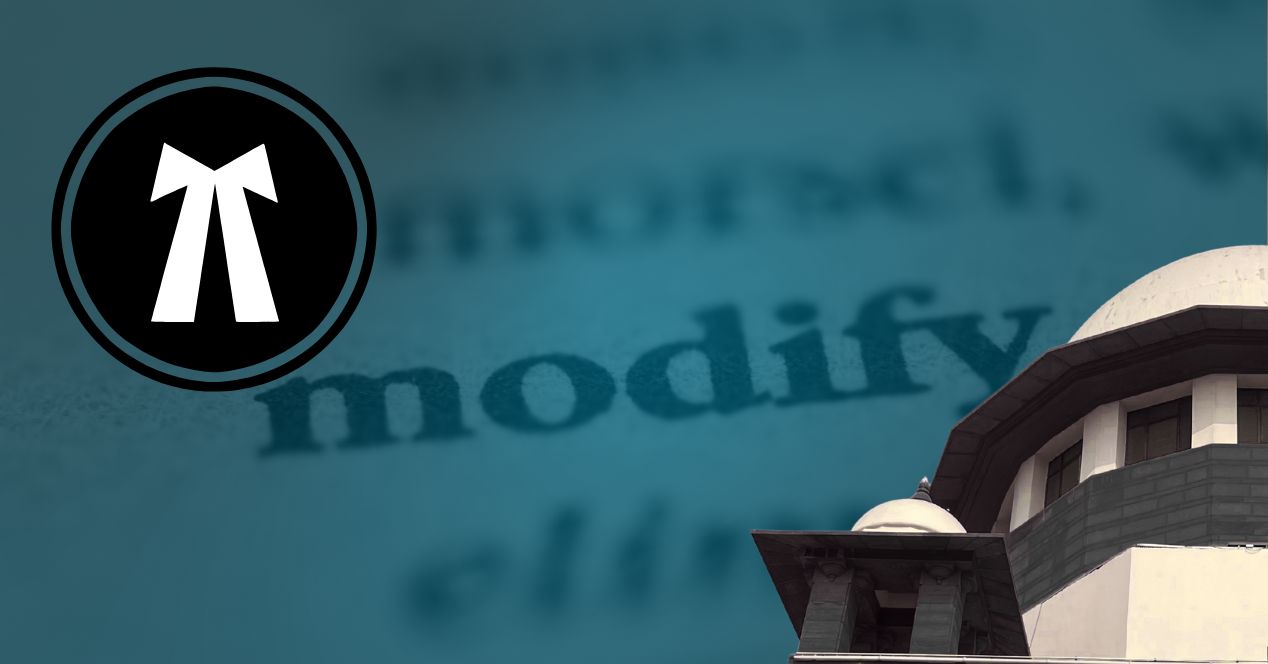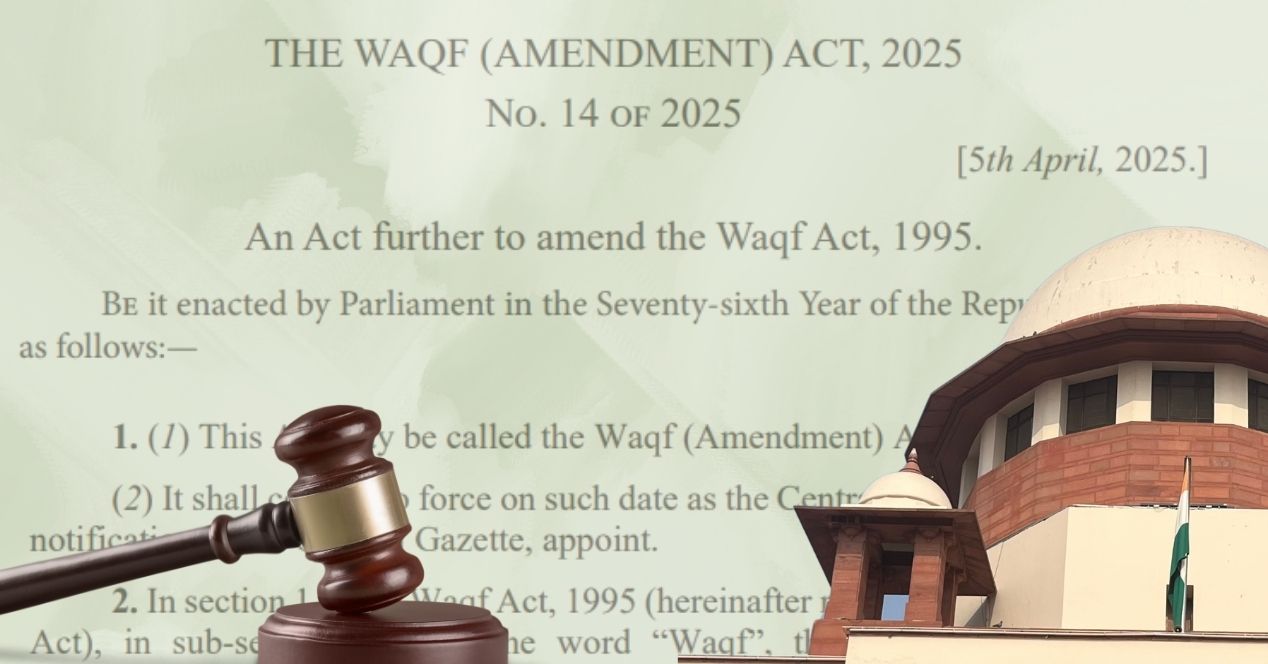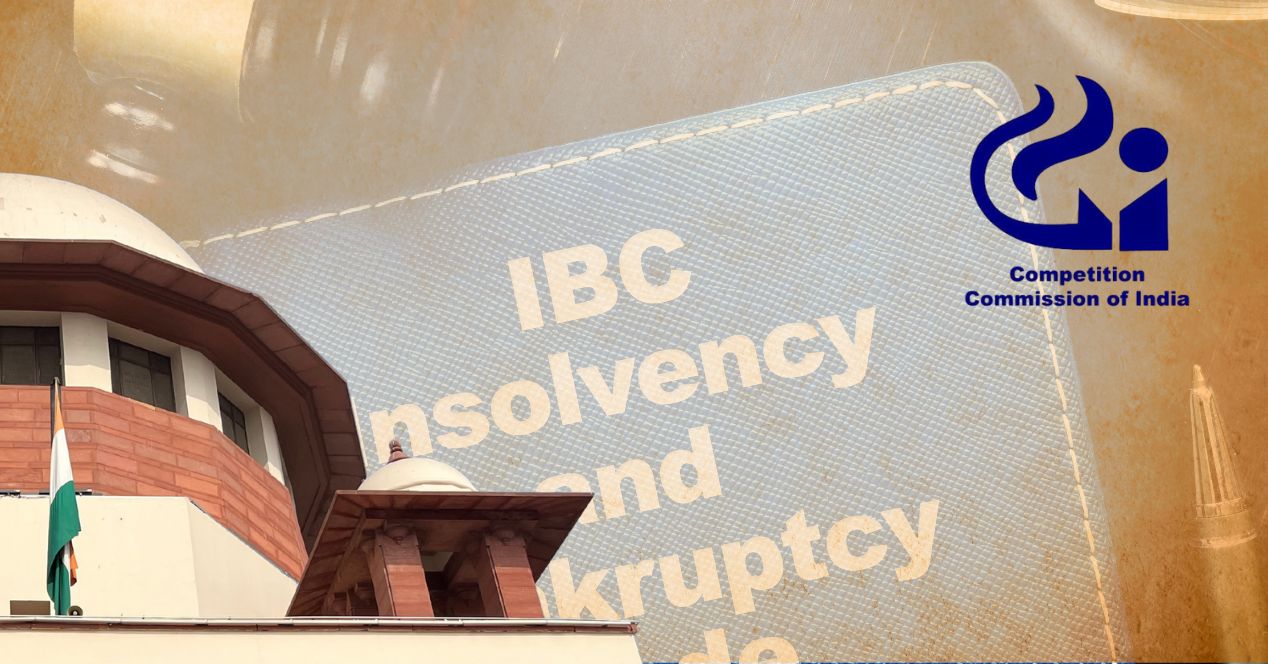Analysis
TN Governor Judgement: Constitutional history as an interpretive device
The SC relied on ‘gradual dilution’ of Governor’s powers in legislative texts but stopped short of articulating the role of drafting history
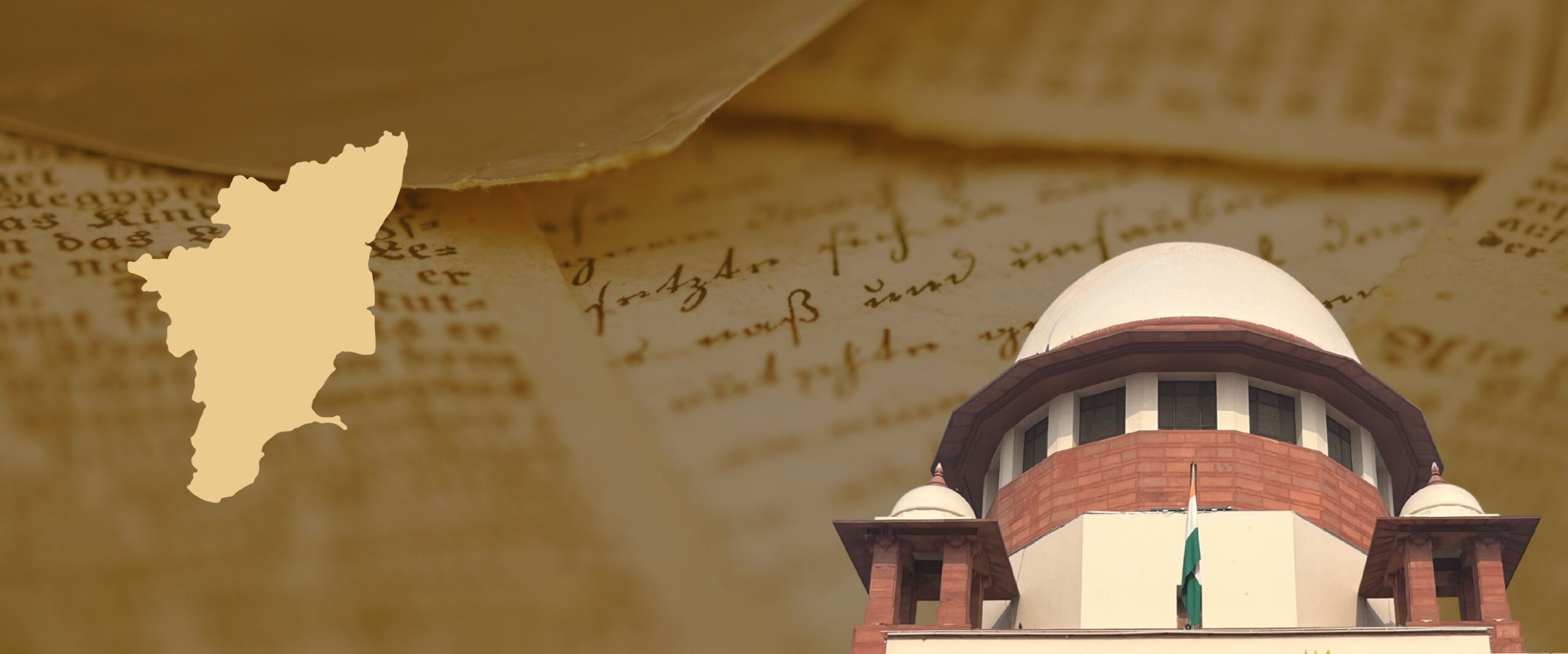
On 8 April 2025, the Supreme Court delivered a landmark Judgement that ended a protracted battle between the Government of Tamil Nadu and Governor R.N. Ravi over the withholding of assent to Bills passed by the state legislature.
The verdict, authored by Justice J.B. Pardiwala on behalf of himself and R. Mahadevan, held that the Governor does not have discretion to withhold assent to Bills under Article 200. It prescribed specific timelines within which the Governor must act on a Bill and enabled state governments to approach courts if the timelines are breached.
This Judgement has garnered both positive and negative reactions. Elsewhere, I have analysed the Judgement, its implications and what it reveals about the design and practice of federalism in India. However, there are other aspects of the over-400 page decision that are worth unpacking.
In this piece, I examine how the Court used historical constitutional documents and drafting history to understand the Governor’s discretionary powers. I also discuss how constitutional history can act as an interpretive device.
Constitutional text in context
Article 200 states a Governor has three options when a Bill passed by the state legislature is presented to him: declare assent, withhold assent or reserve for the President’s consideration. The first proviso to the Article stipulates that a Governor cannot withhold assent to a Bill that is re-presented to him after he had sent it back to the legislature for reconsideration.
The legality of the Governor’s actions hinges on how Article 200 is interpreted. In the Judgement, after listing the issues for consideration, the substantive discussion started with a close analysis of the text, context and history of Article 200. To arrive at “a better understanding of Article 200”, the Court noted, it is “necessary that we should first understand the concept of assent to Bills, how it has evolved over the centuries.”
The Court observed that while while “fidelity to the text of the provision holds paramount consideration in its interpretation, the context is equally, if not more, important” since Article 200 “bears striking resemblance” to Section 75 of the Government of India Act, 1935 and “other important historical documents” drafted during the freedom movement.
In interrogating Article 200, the Court looked into its legislative history, debates in the Constituent Assembly, provisions regarding Governor’s assent in historical constitutional documents, reports of expert commissions and international jurisprudence.
Assent in historical constitutions
In a section titled “Concept of assent to bills as envisaged by certain historical documents drafted during the freedom struggle”, the Supreme Court started its discussion with the National Convention’s Commonwealth of India Bill, 1925, which provided that Bills passed by the provincial legislature would be presented to the Governor for obtaining the King’s assent. However, it did not contain “elaborate” provisions about the procedure and scope of the powers of the Sovereign when it came to assent.
The Court then considered the Nehru Report of 1928, which gave the Governor the options to declare or withhold assent. Every Bill had to be mandatorily assented to by the Governor-General.The Act could still be disallowed by the King.
The Court also examined the Constitution of Hindustan Free State Act, an aspirational document prepared by the All India Hindu Mahasabha in 1944. This stated that the Governor could grant assent to a Bill or withhold it, in which case the Bill had to be returned for reconsideration. If passed again, the Bill would be deemed assented to by the Governor but would only become an Act after the President’s assent.
The Court also considered the “Constitution of Free India: A Draft” authored by M.N. Roy in 1944, which didn’t vest any authority in the Governor to withhold assent to a Bill. While it enabled the Supreme People’s Legislature (joint sitting of both chambers of the Federal Legislature) to veto any provincial legislation, this action could be challenged before the Supreme Federal Court.
Based on an analysis of these aspirational constitutional documents, the Judgement notes that “the imagination of a provision as regards assent to bills” was significantly different when India was “on the brink of becoming independent from British rule.” In later documents, the Governor was “vested with lesser powers and discretion” and concepts like judicial review of veto power and deemed assent were “being experimented with.”
The gradual dilution of discretion
The Court then undertook a careful analysis of how the text of the assent provision evolved over the years. Section 75 of the Government of India Act, 1935, which dealt with the ‘discretionary’ power of the Governor, allowed him to grant assent, withhold assent or reserve it for the consideration of the Governor-General.
In the draft prepared by Constitutional Advisor B.N. Rau, the expression “in his discretion” was removed from the substantive part of the provision but retained in the proviso. The Drafting Committee chaired by Dr. B.R. Ambedkar retained the essence of Rau’s provision in their version (Rau’s Article 147 became the Drafting Committee’s Article 175).
When Article 175 of the Committee’s draft was taken up for consideration, Ambedkar moved an amendment for the removal of “in his discretion” appearing in the proviso, noting that there can be no room for it “in a responsible government.” In the Judgement, the Court observed that the removal of the expression must “be viewed in the context of gradual dilution of the role and powers of the Governor” as the country neared independence.
In determining the Governor’s power to act against the aid and advice of the Council of Ministers, the Judgement revisited the Constituent Assembly Debates on his discretionary powers under Article 163(1). The Court linked the reasoning from the Constituent Assembly Debates with precedents like Samsher Singh v State of Punjab (1974), which held that actions taken by the Governor without the concurrence of the Council of Ministers are not valid.
Based on this, it concluded that B.K. Pavitra v Union of India (2019), where it was held that the Governor could reserve a Bill for the President against the advice of the Council of Ministers, was per incuriam as it ignored binding precedents like Samsher Singh. The Court observed that the framers deliberately removed the phrase “in his discretion” from Article 200 to deny the Governor discretionary powers.
So, through such a reading of drafting history, Constitutional Assembly Debates and judicial precedents, the Court found that the Governor has limited discretionary powers.
Constitutional history as an interpretive device
The Judgement brings into focus how constitutional history may be used to interpret the Constitution. The Supreme Court in S.R. Chaudhuri v State of Punjab (2001) affirmed that the Constituent Assembly Debates may be relied upon as an interpretive aid. However, while constitutional history is increasingly being used, the Court’s interpretive approach has not always been clear, consistent or explicit in its judgements.
In its early years, the Court primarily deployed a textualist approach, most notably exemplified in its Judgement in A.K. Gopalan v State of Madras (1950), where it rejected substantive due process based on an examination of the drafting history of Article 21. However, following Kesavananda Bharati v State of Kerala (1973), the Court began to adopt a structural or purposive approach, which took into account the broader framework and goals of the Constitution.
In S.R. Bommai v Union of India (1994), the Court interpreted Article 356 by drawing on Constituent Assembly Debates and the values of democracy and federalism they propounded. In the last couple of decades, the Court has adopted a more flexible approach which has been termed “panchayati eclecticism” by at least one commentator, where a result-oriented, “polyvocal court”, often sitting in two- or three-judge Benches, has followed inconsistent interpretive approaches.
In the case at hand, the Court used both textualist and purposive approaches in its interpretation. While it relied on drafting history to ascertain the framers’ intent in removing the phrase “in his discretion” from Article 200, it considered historical and aspirational constitutional documents to understand how the Governor’s powers were imagined. In its examination of Governor’s discretion, the Court used a temporal lens to highlight a “gradual dilution” of these powers.
A contextual reading of constitutional texts allows for a deeper understanding of the Constitution than attempting to decipher the framers’ intentions by reading provisions in isolation. However, in the TN Governor Judgement, the Court does not clearly articulate its interpretive approach or coherently explain how it utilised historical constitutional documents and drafting history. With the Supreme Court sitting in smaller benches, polyvocality may be unavoidable, which makes it all the more important for each Bench to clearly explain its interpretive approach and reasoning.
Mathew Idiculla is a legal and policy consultant and a PhD Candidate at the Faculty of Law & Justice, UNSW Sydney.

